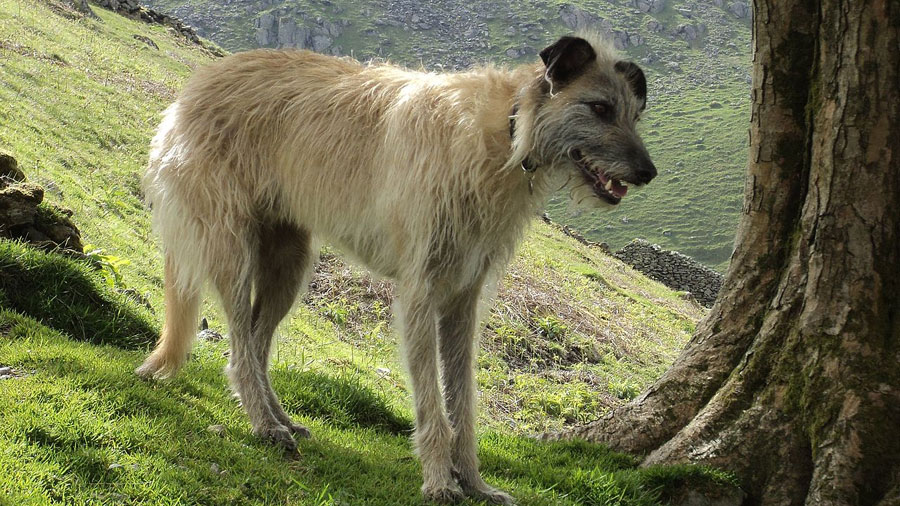

Overview
The Lurcher has a short coat and a smooth undercoat that thickens in the winter. The legs are long and straight. The chest is deep, providing lung capacity for endurance. The small, wire-haired ears are high set. The small, dark eyes are round and alert. Colors vary widely since the Lurcher is derived from sighthound crosses. There is also a longhaired variety.
Temperament is also variable, again dependent on parental influence. As could be expected, lurchers with dominant sighthound attributes have similar temperaments—often fairly lazy with a good eye—however, accordingly, others are influenced by their other, often more tractable, biddable, and slower parent. As with all dogs, temperament will be modified by socialising the puppy.
| Size | Large |
| Height | 22-28 inches (55-71 cm) |
| Weight | 60-70 pounds (27-32 kg) |
| Lifespan | 12-14 years |
| Colors | Any |
| Origin | United Kingdom |
| Classification | Purebred |
| Good Lapcat |
| Good In Apartments |
The Lurcher is usually not recommended for city life, as it is a very high-energy dog. |
| Good With Children |
Good with Kids: This is a suitable breed for kids and is known to be playful, energetic, and affectionate around them. |
| Good With Dogs |
|
| Good With Cats |
|
| Exercise Needs |
The Lurcher needs to go for a walk at least once a day (especially in small living quarters). It will enjoy running free in a safe, enclosed area. Having sighthound in it, it is extremely fast and is a natural racer. It will chase and kill small game. Be sure to provide a safe area for this dog to run so it does not get hit by a car should it decide to take off after an animal. |
| Trainability |
|
| Affectionate |
|
| Playfulness |
|
| Grooming Requirements |
Moderate Maintenance: Regular grooming is required to keep its fur in good shape. |
| Shedding |
Moderate Shedding: Expect this dog to shed regularly. Be prepared to vacuum often. Brushing will reduce shedding as well as make the coat softer and cleaner. |
| Vocalization/Barking |
Occassional |